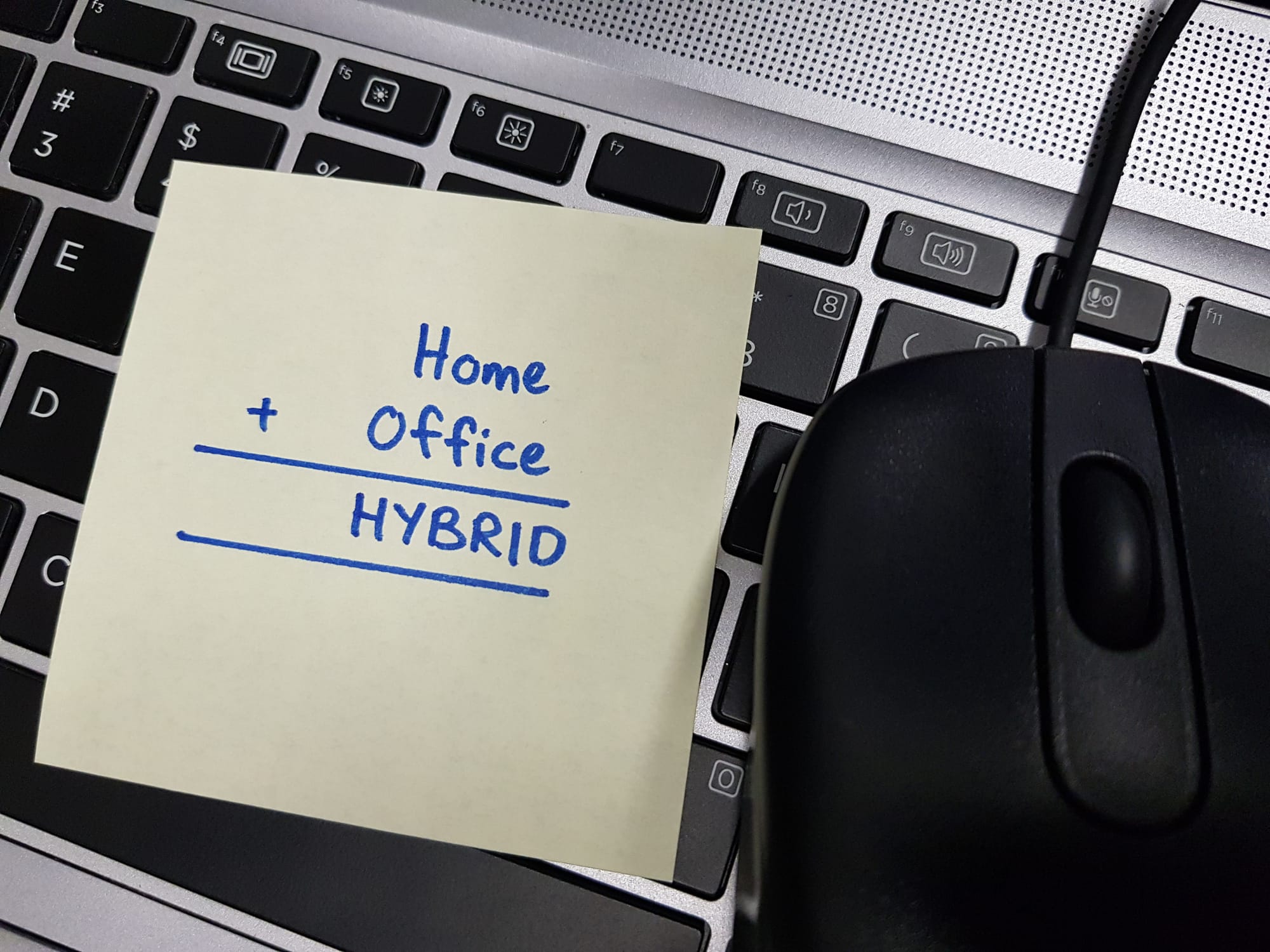Hybrid Working and Well-Being Tips

Transitioning to a hybrid work model can greatly enhance flexibility but requires intentional strategies to maintain productivity and well-being. Here are some practical tips:
1. Create a Balanced Routine
- Set boundaries: Establish clear working hours to separate work and personal time.
- Plan your week: Use a calendar to schedule office and remote days, balancing collaboration and focused tasks.
- Include breaks: Schedule short breaks throughout the day to recharge.
2. Optimize Your Workspace
- At home: Set up a dedicated, ergonomic workspace with good lighting and minimal distractions.
- In the office: Personalize your desk with items that make you feel comfortable, such as a small plant or photos.
- Tech setup: Ensure your technology works seamlessly both at home and in the office.
3. Prioritize Communication
- Stay connected: Use tools like Slack or Microsoft Teams to keep in touch with colleagues.
- Be clear: Clearly communicate availability and expectations for collaboration.
- Regular check-ins: Schedule one-on-ones or team meetings to stay aligned.
4. Maintain Work-Life Balance
- Avoid overworking: Log off after your designated work hours, especially when working from home.
- Unplug: Avoid checking work emails outside of work hours.
- Engage in hobbies: Spend time on activities that help you relax and recharge.
5. Focus on Physical and Mental Well-Being
- Exercise regularly: Incorporate walking, stretching, or workouts into your day.
- Healthy diet: Eat nutritious meals and stay hydrated to maintain energy levels.
- Mental health: Practice mindfulness, meditation, or deep breathing to manage stress.
6. Build Social Connections
- Engage with coworkers: Plan in-office days around collaborative activities or team lunches.
- Virtual interactions: Use video calls to maintain rapport with remote teammates.
- Social support: Stay connected with friends and family outside of work
7. Leverage Technology
- Use tools like:
- Calendar apps for scheduling.
- Task management software like Trello or Asana to stay organized.
- Well-being apps like Calm, Headspace, or fitness trackers
8. Periodically Reflect and Adjust
- Assess productivity: Reflect on whether your current hybrid schedule meets your needs.
- Seek feedback: Ask your manager or team for input on collaboration and workflow.
- Iterate: Adjust your habits as necessary for improved balance and satisfaction.
By intentionally integrating these strategies, you can maximize the benefits of hybrid work while safeguarding your well-being